My knowledge of Overwatch prior to actually playing it had nothing to do with the gameplay and everything to do with the surrounding lore. Blizzard released official information on setting, backstory, and character histories via YouTube videos both before and after the game’s official release in May of 2016, which provided some background on the game’s world. These combined with the vocal and creative fandom I interacted with on Tumblr gave me insight into how the game worked long before I actually tried my hand at playing the team-based shooter.
My interaction with the fanbase on tumblr gave me two distinct impressions of Overwatch as a game. The first was that the game was full of diverse and fascinating characters, each with unique backstories and their own special method of decimating opponents in battle. The second impression, tied directly to the first, was that the vast majority of these unique and powerful characters were some form of gay.
As a queer gamer, I was immediately intrigued by this revelation, though my hopes for explicit representation went out the window rapidly when I understood the nature of these assertions. They were based heavily in fanon – fandom interpretation of canon – and feeding off of what I assume to be hopeful optimism stemming from statements made by artistic director Bill Petras at Blizzcon 2015. He and other senior designers on the project stated that Overwatch would include more than one gay character as it continues to focus on attempts at diversity, and the fandom took this news and ran with it.
Blizzcon was last November, and since then there’s been Overwatch lore released all over the internet, new details of the world and the characters released in cinematic shorts and hinted at for the plots of upcoming graphic novels. Thus far, Blizzard has neither confirmed nor denied the sexualities of any of the 22 playable characters on the Overwatch roster.
The thing I really enjoy about Overwatch is the same thing that bothers me, and that’s the fact that right now Overwatch feels like it’s still a blank slate. Blizzard’s goal with this game is clearly not to reveal everything all at once, but to let the game world grow in a more organic and gradual way rather than pin everything down canonically right off the bat. Evidence of this includes the addition of Pharah’s mother, Ana, as a playable character after she was introduced into canonical lore.
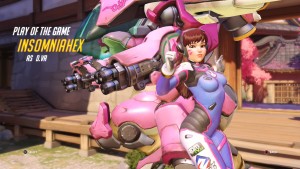 A blank slate isn’t a bad thing to work off of in a game world. Having 22 characters to try on and explore can lead to personal reflection on player style, like Ashley’s exploration of her affinity for Bastion, or my discovery that I absolutely love making quintuple Play of the Game kills when I’m playing D.Va.
A blank slate isn’t a bad thing to work off of in a game world. Having 22 characters to try on and explore can lead to personal reflection on player style, like Ashley’s exploration of her affinity for Bastion, or my discovery that I absolutely love making quintuple Play of the Game kills when I’m playing D.Va.
The trouble with a blank slate is that it means a lot of things stay up in the air, leaves a vague grey area of interpretation that a lot of fans, including me, don’t quite know what to do with. Blizzard’s business model with the lore makes sense – it helps encourage people to come back for new and interesting tidbits as each cinematic drops and new characters are released – but the thing Blizzard does that’s becoming more and more common in interactive media is working to incorporate and acknowledge their fans as Overwatch grows and evolves. The Tracer butt controversy points to a more active and open model of development on Blizzard’s end, and encouragement of fans to create accurate and detailed art and cosplay points to a company that prides itself on listening to its fans and trying to give at least some of them what they want.
The cynic in me feels like all this actually does is demonstrate Blizzard’s interest in making money, but even the capitalistic goals of a major company are tied to fan response, and Blizzard has demonstrated a willingness to release new lore and game features that specifically appeal to fans, whether it’s a cinematic that tells us more about Soldier 76 or an emote that inducts Gremlin DVa into Overwatch canon. This design process focusing on more iterative and fan-driven models has proven profitable for companies such as Riot Games, who take cues from its vocal fan base when creating updates for League of Legends.
A lot of Overwatch lore remains in a suspended state, a liminal space in which the identities and motivations of characters are somewhere between determined and undetermined, alive or dead, a Schrödinger’s Cat of representation, if you will. I suspect Blizzard is biding its time and doing more work feeling out its fan base, but that ultimately makes me all the more determined to point out what Overwatch currently lacks, and that is concrete LGBT representation.
Players of Overwatch can get the full experience of the game without knowing anything about the lore, but the lore is part of Overwatch’s official canon. Knowing Tracer’s history with Widowmaker doesn’t affect gameplay, but it does narratively affect the Overwatch world as a whole and appeals to the fans who are invested in the narrative, who seek out complex motivations and backstories in the characters they play.
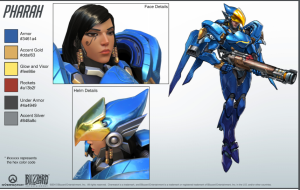 Beyond this, representation in games matters, and seeing a character being explicitly coded as part of the LGBT spectrum is very different from the current Schrödinger’s representation we’ve been given by vague statements in press conferences. As long as the sexualities of Overwatch characters go unconfirmed in canon, homophobic fans will push back and deny their existence. I’m not saying that I need all of my ships to be canon, I’m not going to throw a tantrum if the lore decides that Pharah and Mercy aren’t actually meant for each other, but I’m looking for more than a vague reassurance from the developers that some of these heroes are gay. Explicit, well-rounded diverse representation attracts more fans than it drives away, Blizzard has stated their interest in appealing to them, and the vocal army of shippers in the creative internet community suggests that for every narrow-minded bigot Blizzard will drive away, a dozen queer gamers will rise up to replace them.
Beyond this, representation in games matters, and seeing a character being explicitly coded as part of the LGBT spectrum is very different from the current Schrödinger’s representation we’ve been given by vague statements in press conferences. As long as the sexualities of Overwatch characters go unconfirmed in canon, homophobic fans will push back and deny their existence. I’m not saying that I need all of my ships to be canon, I’m not going to throw a tantrum if the lore decides that Pharah and Mercy aren’t actually meant for each other, but I’m looking for more than a vague reassurance from the developers that some of these heroes are gay. Explicit, well-rounded diverse representation attracts more fans than it drives away, Blizzard has stated their interest in appealing to them, and the vocal army of shippers in the creative internet community suggests that for every narrow-minded bigot Blizzard will drive away, a dozen queer gamers will rise up to replace them.
Overwatch doesn’t shy away from diversity (even if it still has a long way to go in how it handles that diversity), and as Blizzard continues developing the rich world it’s created for Overwatch fans to explore, it should consider opening up the box on character sexuality and letting us know if the diverse representation fans really want is alive or dead.

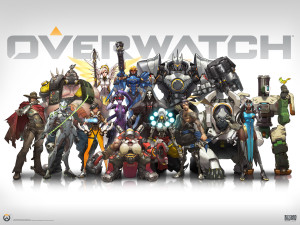
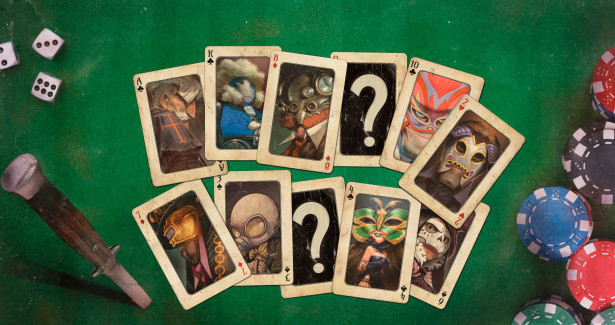
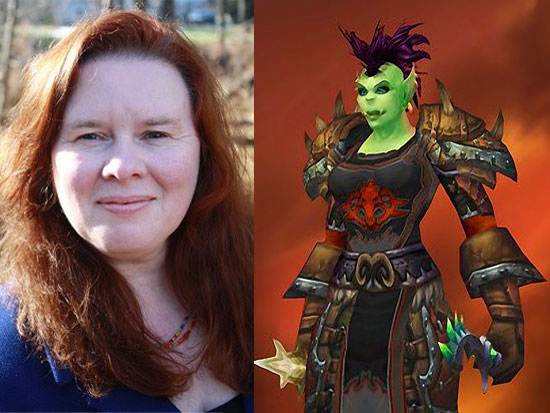
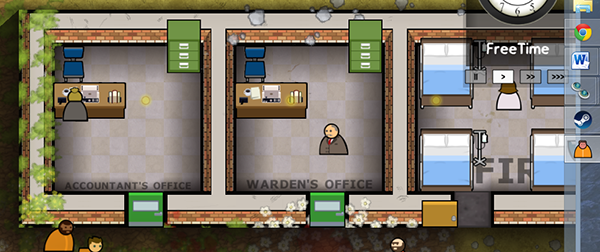
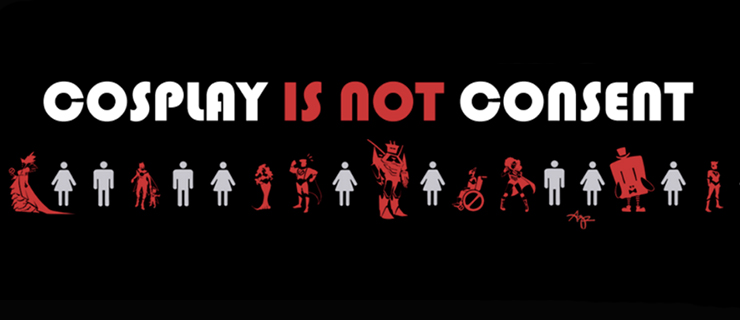
One thought on “Canonize This: Overwatch and Schrödinger’s Representation”
While this was in WoW / Heroes of the Storm, Blizzard went out of it’s way to erase a fan queer character. Chromie’s dragon name indicated a change in her gender, which fans grabbed at. Blizzard said explicitly that they were wrong, and changed the lore of naming dragons to get it to fit. Then HOTS has a line where Chromie teases you for not knowing dragon culture. I want changes from Blizzard, but they are frustrating at times.